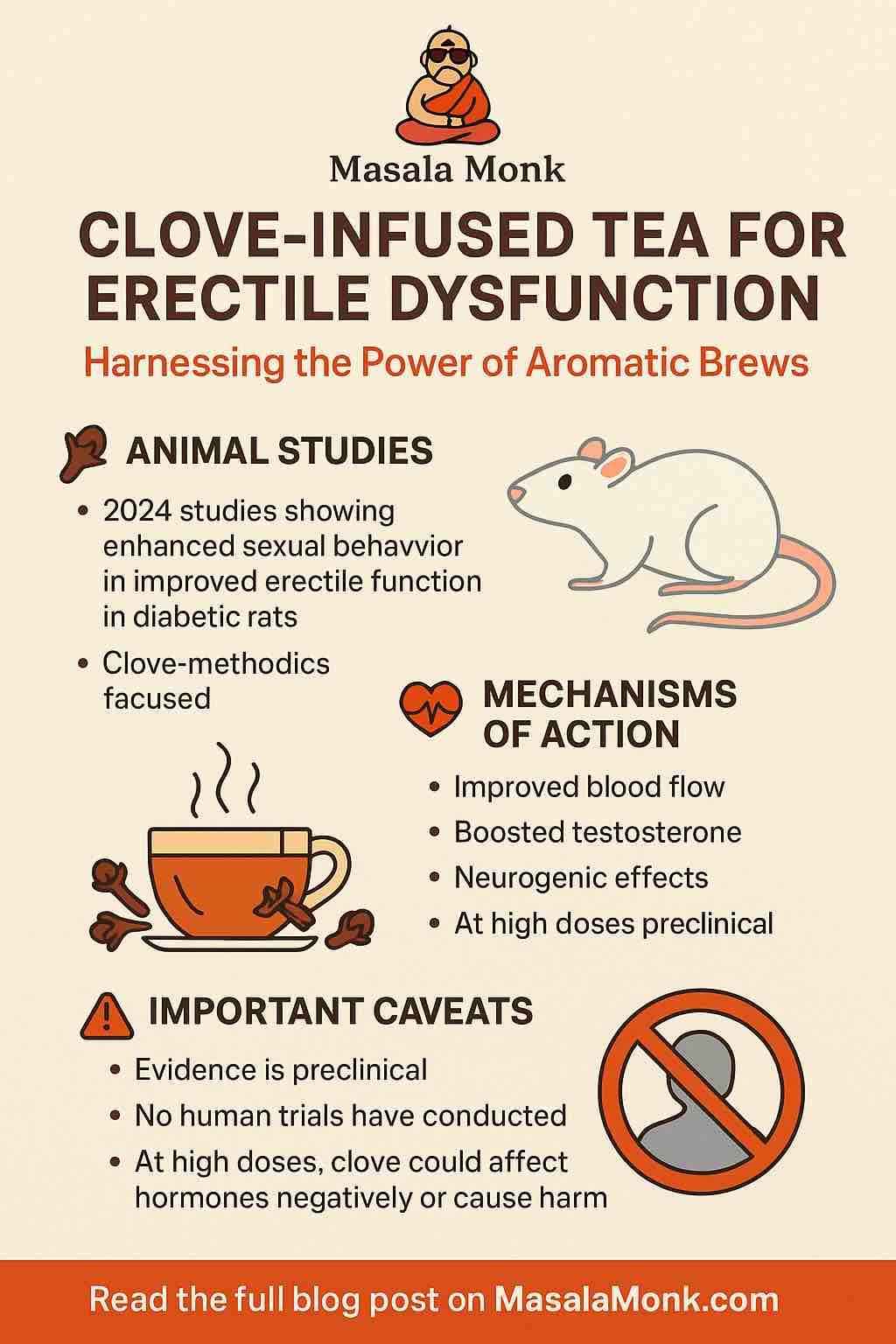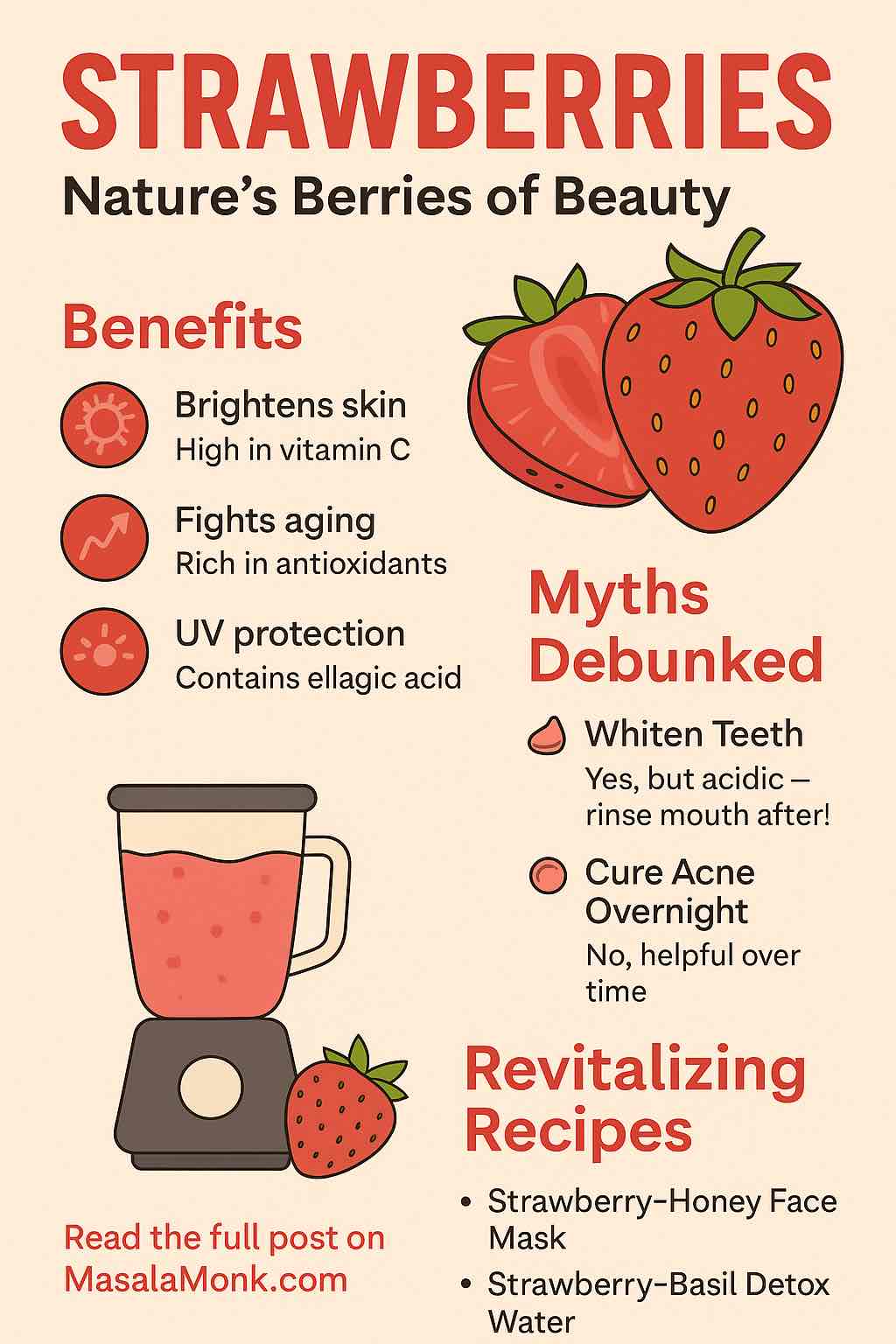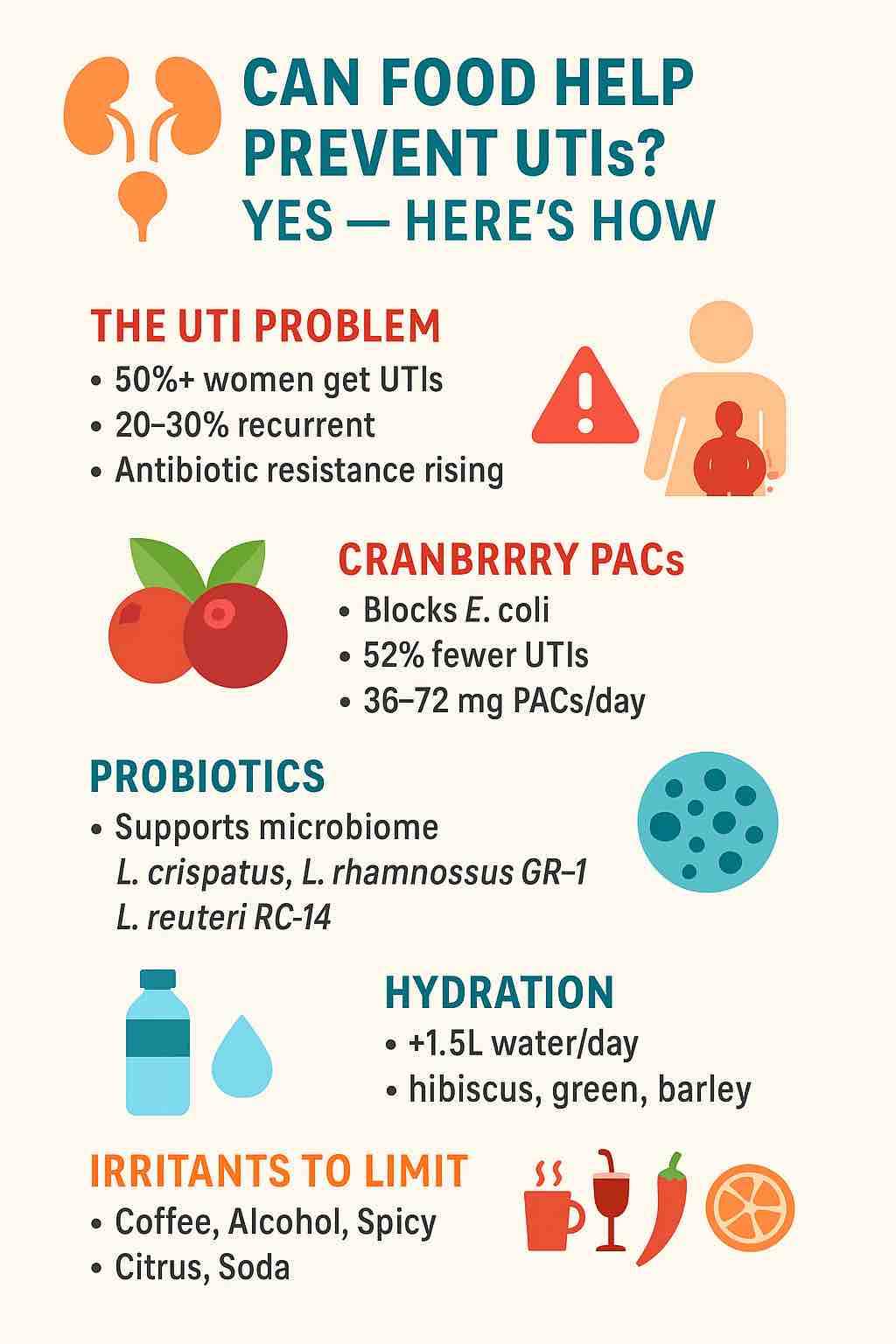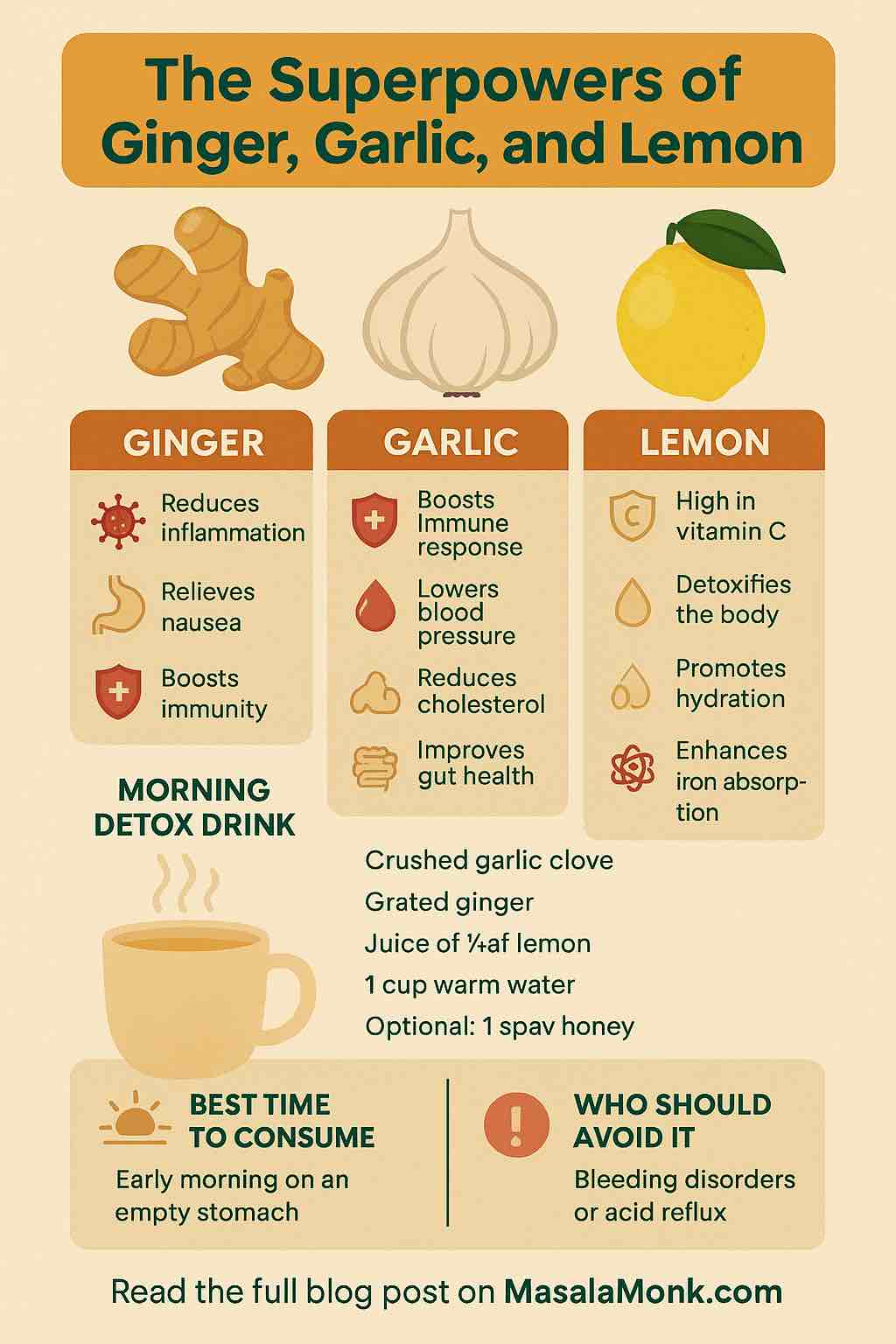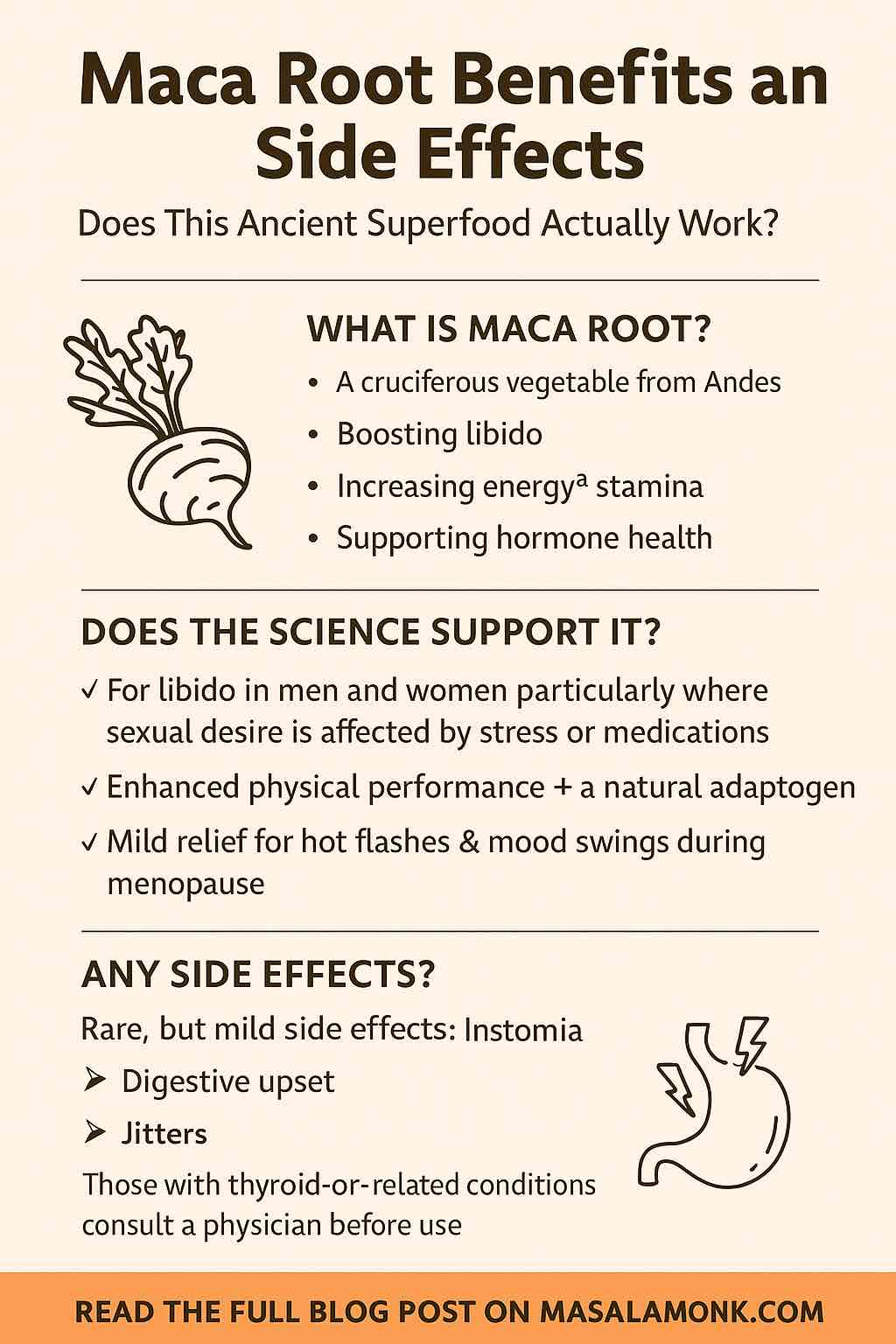
🌱 From Andes Legend to Superfood Aisles
Once an underground tuber cultivated high in the Peruvian Andes, maca root (Lepidium meyenii) is now a headline-making supplement promising everything from boosted libido to improved energy and mood. Found in powdered form, capsules, chocolates, and drinks, maca’s rise to fame has been swift — but is it deserved?
Is maca really a libido-boosting, hormone-balancing powerhouse? Or just another trendy adaptogen caught in a cycle of hype?
In this post, we cut through the noise and deliver everything you need to know about what maca does, what the science says, and whether it might be a fit for your wellness routine.
📖 What is Maca Root?
Maca is a cruciferous vegetable (like broccoli and kale) that grows in the harsh climate of the Peruvian Andes at altitudes above 13,000 feet. The part we eat or supplement is the root, which comes in different colors — black, red, yellow — each with slightly different profiles.
Traditionally, maca has been used for:
- Boosting fertility and libido
- Supporting energy and stamina
- Reducing fatigue
- Enhancing mood
- Balancing hormones (especially around menopause)
🔬 How Does Maca Work?
While maca doesn’t contain plant hormones like estrogen or testosterone, it seems to influence the endocrine system — particularly the hypothalamus-pituitary-adrenal (HPA) axis — to help regulate hormone output.
Key Active Compounds:
- Macamides & Macaenes: Unique to maca; believed to influence libido and energy
- Glucosinolates: Antioxidant and potentially hormone-regulating
- Alkaloids & Polysaccharides: May affect mood, immune health, and stress resilience
💡 The Evidence: What Science Says
✅ 1. Libido & Sexual Function
In Men:
A 2023 randomized clinical trial found that 3g/day of gelatinized maca improved erectile function, libido, and symptoms of testosterone deficiency in men with late-onset hypogonadism — without raising testosterone levels.
Takeaway: Benefits appear to be more about perception and function than direct hormone increase.
In Women:
A small trial found that 3g/day of maca improved sexual desire in women experiencing SSRI-induced sexual dysfunction. Libido gains were observed even when hormone levels remained unchanged.
➡️ Bottom Line: Maca may support sexual health in both men and women, especially where libido is stress- or hormone-related.
🏃 2. Energy, Endurance & Fatigue
Athletes and non-athletes alike have reported improved stamina and reduced fatigue. In one study, male cyclists who supplemented with maca saw improved endurance after two weeks. Another found that black maca reduced perceived fatigue in middle-aged men.
➡️ Bottom Line: There’s moderate support for maca as an adaptogen that may increase physical stamina and reduce burnout symptoms.
🌸 3. Mood, Stress & Mental Clarity
Several small studies suggest maca has mood-lifting properties, potentially useful for:
- Anxiety
- Mild depression
- Stress relief
These effects may be due to maca’s ability to modulate the HPA axis and reduce cortisol, especially in perimenopausal women.
➡️ Bottom Line: Maca may act as a natural mood balancer—especially in hormonally sensitive periods.
🔁 4. Hormone Balance & Menopause
Some studies show that maca helps reduce:
- Hot flashes
- Night sweats
- Mood swings
- Sleep issues
…in perimenopausal or postmenopausal women. The interesting part? Maca works without being a phytoestrogen like soy — it seems to normalize hormonal rhythms rather than override them.
➡️ Bottom Line: An appealing option for women seeking non-hormonal support during menopause.
⚠️ Side Effects and Precautions
❗ Common (but rare) side effects:
- Bloating or GI upset
- Insomnia (if taken too late in the day)
- Headache
- Jitteriness
🚨 Possible concerns:
- MTCA (Methyltetrahydro-β-carboline-3-carboxylic acid), a compound naturally in maca, has shown MAOI activity and possible mutagenic potential — though this is more theoretical and greatly reduced when maca is gelatinized (i.e., boiled and processed).
🔒 Who should use with caution?
- People with thyroid conditions (due to goitrogen content)
- Those with hormone-sensitive conditions
- Pregnant or breastfeeding individuals (insufficient safety data)
➡️ Rule of thumb: Start low (1.5g/day), observe, and cycle off every 8–12 weeks if using regularly.
🥄 How to Use Maca
| Form | Notes |
|---|---|
| Powder | Most affordable, earthy flavor; mix into smoothies, oatmeal, coffee |
| Capsules | Convenient, especially for consistent dosing |
| Gelatinized | Easier to digest, reduced MTCA, better absorption |
| Raw | Less processed, but harder to digest for some |
✅ Best dose: 1.5g to 3g/day
🕒 Best time: Morning or midday (avoid at night if you’re sensitive to energy lifts)
⚖️ Is Maca Root Right for You?
| You’re a good candidate if… |
|---|
| You want a libido/mood/energy boost without hormones |
| You’re looking for non-stimulant adaptogenic support |
| You’re going through perimenopause/menopause |
| Consider alternatives if… |
|---|
| You have thyroid issues or hormone-sensitive conditions |
| You need rapid results (maca works gradually) |
| You’re pregnant or on hormone therapy |
🔗 Related Reads:
- Tabs Chocolate: Potential Side Effects
- What Is Horny Goat Weed and Does It Work?
- Spice It Up in Bedroom – 5 Natural Spices that work as Aphrodisiacs as per Ayurveda
- Is this a Natural Aphrodisiac? Exploring Chamomile Tea and Sexual Wellness
- Understanding the Natural Sexual Benefits of Cloves and Ginger
- Female Vitality with Cardamom: A Spice of Wellness
💬 Final Thought
Maca may not be magic, but it is meaningful for a lot of people. Whether you’re dealing with stress, low libido, or looking to smooth out hormonal turbulence, maca could be a smart, natural way to support your body’s balance.
But as with any supplement — be intentional. Start slow, stay informed, and listen to your body.
And this is not medical advice, as with any supplement, consult your healthcare provider before experimenting or trying it.
🔍 FAQs About Maca Root
1. What is maca root used for?
Maca root is traditionally used to support libido, energy, fertility, mood, and hormonal balance. It’s especially popular for sexual wellness and managing menopausal symptoms.
2. Does maca root really increase libido?
Yes, some studies support maca’s ability to improve libido in both men and women—particularly when stress, fatigue, or medications (like SSRIs) reduce desire. Effects are typically mild to moderate and may take 2–4 weeks to appear.
3. Can maca root help with erectile dysfunction?
A 2023 clinical trial found that 3 g/day of maca improved erectile function in men with low testosterone symptoms—without changing hormone levels. While not a substitute for ED medication, it may offer subtle support.
4. How long does it take for maca root to work?
Most users report effects in 2–6 weeks with daily use. Libido and mood improvements may be felt sooner, while hormonal and energy-related benefits might take longer.
5. What is the best time of day to take maca?
Morning or early afternoon is ideal. Maca can increase energy, so taking it too late in the day may interfere with sleep.
6. Is maca root safe to take every day?
Yes, in moderate doses (1.5–3 g/day), maca is generally safe for daily use. However, cycling (e.g., 8–12 weeks on, then a break) is often recommended to avoid potential hormonal overstimulation.
7. What are the side effects of maca root?
Side effects are rare and usually mild. They include digestive upset, headaches, jitteriness, and insomnia (especially if taken late in the day). Always start with a small dose and monitor how your body responds.
8. What’s the difference between raw and gelatinized maca?
Raw maca is minimally processed but harder to digest. Gelatinized maca is pre-cooked and easier on the stomach, with better absorption and reduced MTCA (a potentially risky compound).
9. Can women take maca root for menopause symptoms?
Yes. Maca has been shown to reduce hot flashes, night sweats, and mood swings in menopausal women—without affecting hormone levels directly. It may act by modulating the endocrine system.
10. Who should avoid maca root?
People with thyroid issues (due to goitrogens), hormone-sensitive conditions (like certain cancers), or those who are pregnant or breastfeeding should avoid maca or consult a doctor before use.

